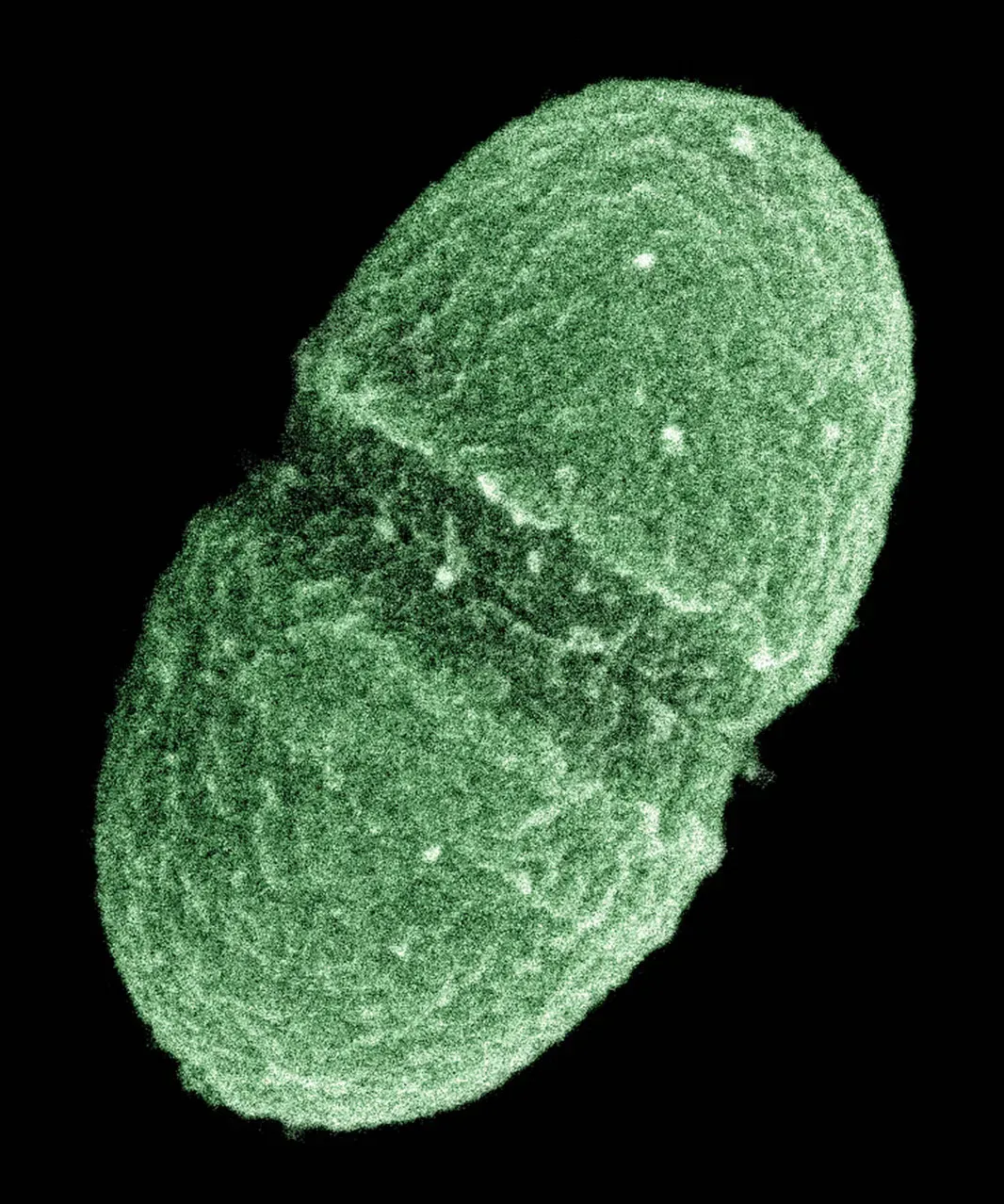Characteristics of the Human Microbiome and Methods for Studying It

The human microbiome is an extensive collection of microorganisms that live on human tissues and biofluids. They are thought to play a role in our health and behavior. However, there are still some questions that remain about the human microbiome. In this article, we'll discuss the characteristics of the human microbiome and methods for studying it.
Research on the human microbiome
Many different studies are being conducted on the human microbiome. Researchers are interested in identifying the characteristics of a normal microbiome. In addition, they would like to understand the role microbes play in human health and disease. They also wish to investigate the effect of genetics, diet, ethnicity, and other factors on the microbiome. Some of these studies also look at the microbiome of people with specific illnesses.
There are many challenges associated with research on the human microbiome. The diversity of microbes can conflict with the traditional tools of lab science, which are designed to analyze a specific organism. Yet, the importance of this microbiome can also make for exciting public.
Characteristics of the human microbiome
The human microbiome is a collection of microbial species present throughout the body and crucial to human health. They affect our immune system, physiology, and metabolic processes. They inhabit several anatomical sites, including the respiratory tract and nasal cavity. The human microbiome can be classified into four general types: bacterial, archaeal, meiofaunal, and fungi. The human microbiome is a complex, diverse, and intricate ecosystem. It enters the body through epithelial barriers, acquires bacteria and viruses through vertical transmission, and models itself through the environment.
In addition to their impact on our health, the microbiome can also affect our mental health. Many bacteria are resistant to antibiotics, and a number of them can acquire a pathogenic lifestyle. This may explain the rapid spread of antibiotic resistance. These bacteria may be able to respond to environmental perturbations and changes in the host's health as a result of horizontal gene transfer. The microbiome contains a wealth of information and is a repository for the accumulated history of life.
Methods for studying the human microbiome
Studying the human microbiome involves using DNA sequencing to identify microbes in samples. One common technique is to sequence a short DNA sequence known as a marker, which allows researchers to identify a particular microbe without sequencing the entire genome. This helps researchers quickly identify the species present in samples. New technologies and computer tools are being developed to facilitate the study of the microbiome.
The human microbiome is a diverse and highly environment-specific ecosystem made up of trillions of bacteria. The microbiome differs from one part of the body to another, and each site contains hundreds of different strains. The human microbiome substantially impacts our health and can influence our susceptibility to different diseases. For example, it can influence our susceptibility to infectious diseases and may even play a role in our susceptibility to obesity and chronic gastrointestinal illnesses. In addition, the microbiome may influence how we respond to drug treatments.
Questions about the human microbiome
The human microbiome is a complex system of microorganisms living in our bodies. Our microbiome can affect our health and well-being in a variety of ways. For starters, our bodies' microbiome is composed of different types of bacteria. In addition to bacteria, our microbiome can contain fungi, viruses, and protists. Researchers continue investigating the relationship between the human microbiome and various forms of cancer.
While much is known about the human microbiome, many questions remain unanswered. The field of microbiome research is shifting from observational studies to interventional studies, which have the advantage of detecting changes at a higher temporal resolution. For example, a recent study by Bouslimani et al. showed that the human microbiome and metabolome are highly personalized and dynamic.



